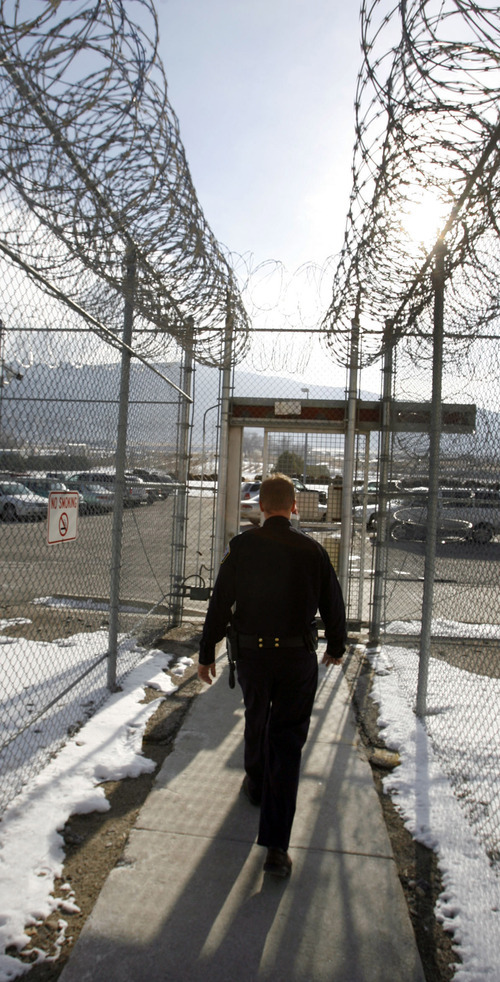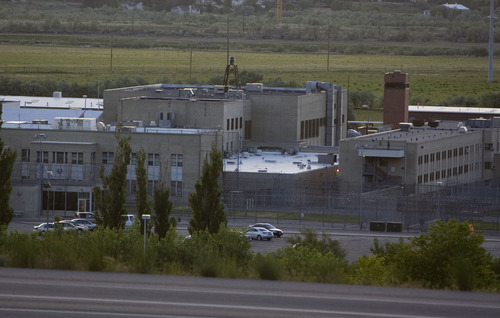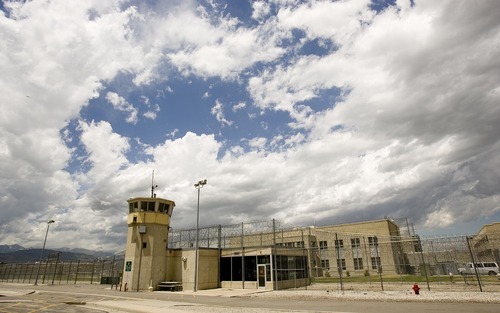This is an archived article that was published on sltrib.com in 2012, and information in the article may be outdated. It is provided only for personal research purposes and may not be reprinted.
An extra three months is taking its toll on the Utah Department of Corrections.
The average prison stay in Utah was 26.03 months in 2011. Seven years earlier, the average was 22.94 months.
The decimal points represent extra days the department has to supply a bed for someone convicted of a felony. And those days and months are accumulating.
The three-month increase, when multiplied among Utah's 6,850 prison inmates, means an extra 543 beds Corrections has had to find since 2004.
The extra length is a reason Corrections Director Tom Patterson on Wednesday asked the Utah Legislature for a $30 million expansion of the prison in Gunnison. At the same time, Patterson is seeking more money to provide treatment to inmates.
One group who needs the treatment: sex offenders. The Utah Legislature hasn't increased funding for sex offender treatment since 1996. Yet since then, the sex offender population has increased 150 percent with sex offenders comprising more than one-third of Utah's prison population.
The Utah Board of Pardons and Parole is loath to release any of them until they have received some kind of treatment to reduce their risk of raping or molesting again.
"We have taken a number of parole dates away from offenders because they didn't complete treatment," said parole board member Jesse Gallegos.
Gallegos said some inmates refuse to complete treatment but others can't enter a treatment program because there are no vacant spots. Gallegos said additional funding for treatment can reduce both the length of stay in prison and the likelihood parolees will commit new crimes.
"We feel empathy for the offender because clearly they want to get on with their lives and be reunited with their families," Gallegos said, "but I also understand the reality of what Corrections is going through."
The lack of treatment may be causing problems that begin in court. Mark Moffat, a past president of the Utah Association of Criminal Defense Lawyers, said judges are sentencing defendants on the assumption they'll receive treatment for substance abuse or sexual deviance in prison.
"I've had cases in the past where judges, especially on sex offenses, think the defendant will be in and out in relatively short order," Moffat said.
But the judges are often mistaken, Moffat said, and the defendant serves longer than the judge assumed.
The average stay in a Utah prison used to be longer. It was almost 30 months in the early 1990s.
Since then the length has fluctuated, getting as low as 20 months in 1997. But in the 1990s the state's inmate population was in the 3,000s.
The current climb in stay is happening as the number of inmates is near its peak.
Corrections will reach its bed space capacity in 2015 and needs a new facility to place maximum security inmates. Prisoners receive that designation not because of the crimes they committed outside prison but the bad behavior they displayed inside.
"That's not [a group] that's going to be eligible for an early parole," Patterson said.
ncalrisle@sltrib.comTwitter: @natecarlisle







